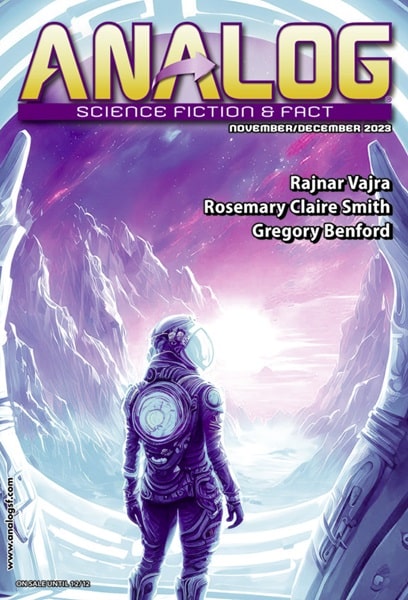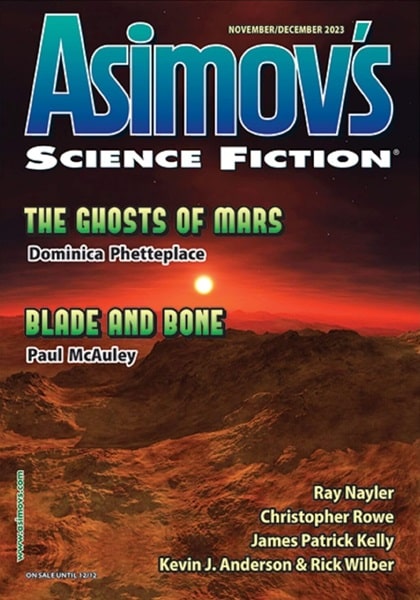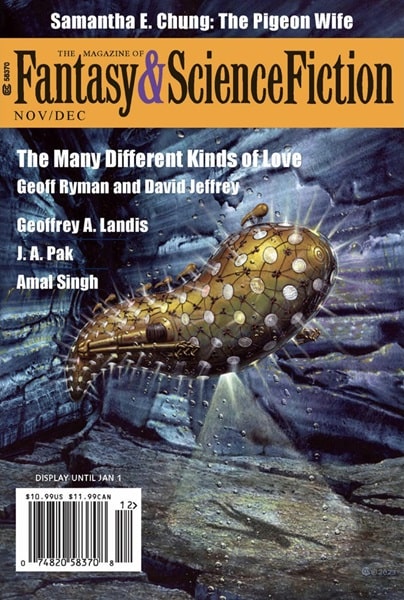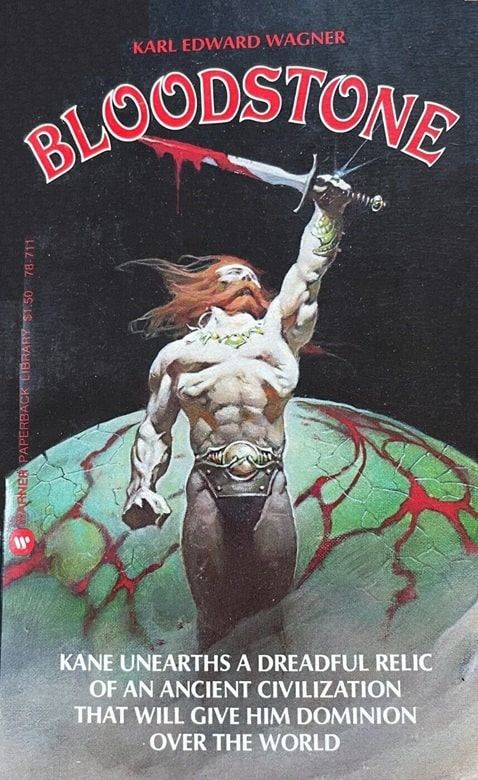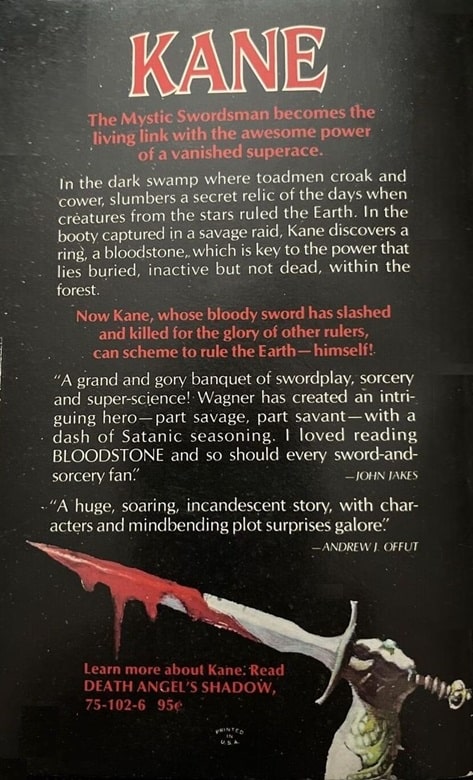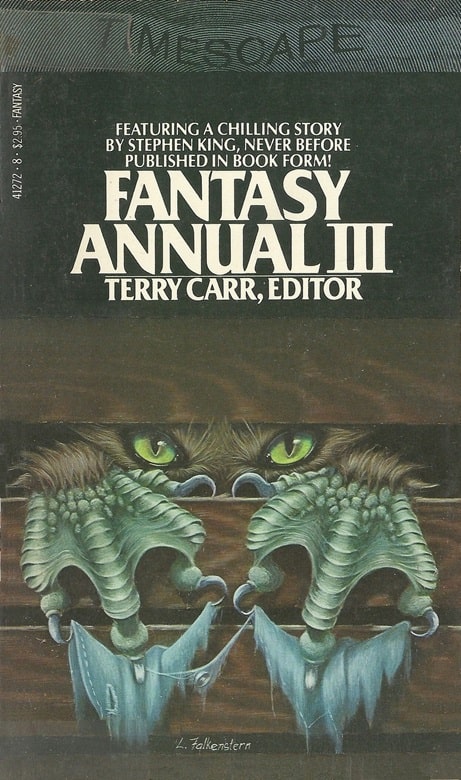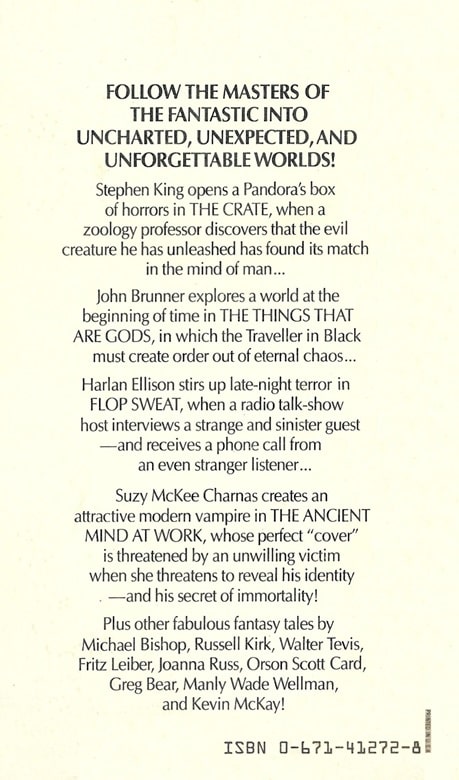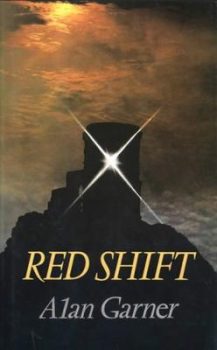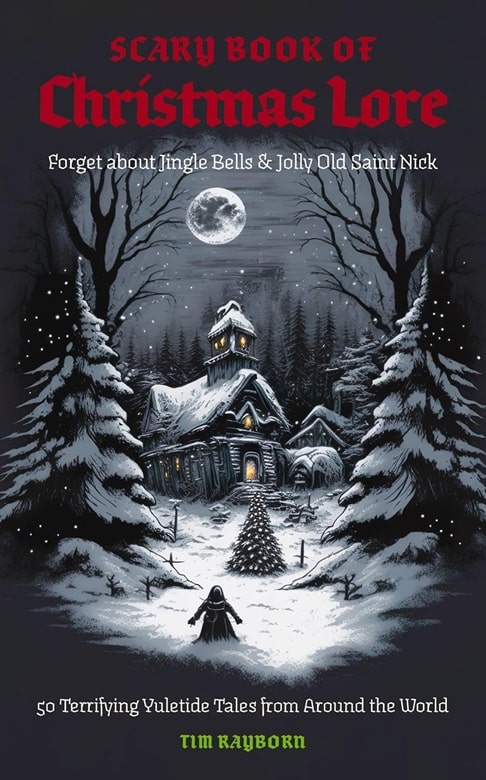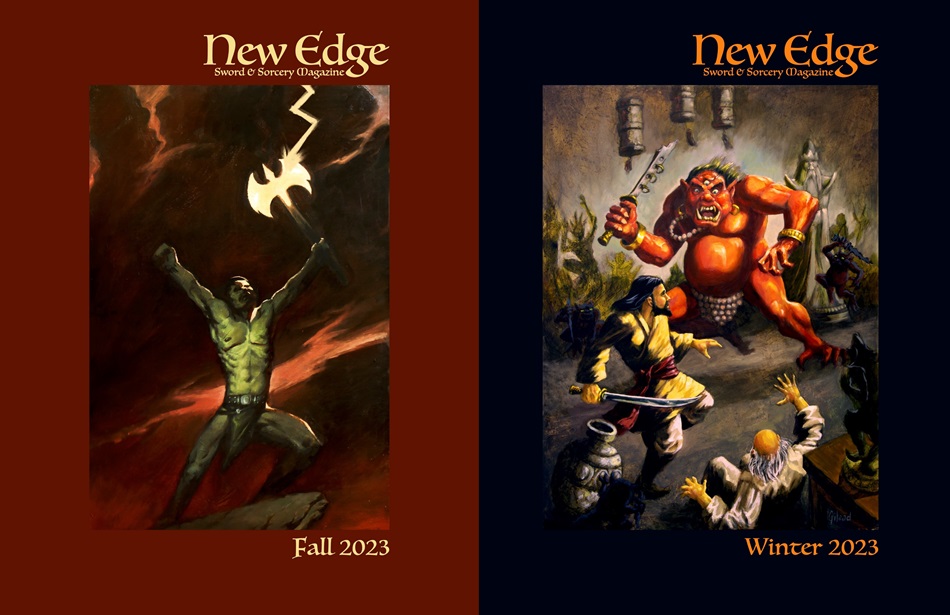Goth Chick News: Could I Really Have Never Interviewed a Medium? Situation Corrected…
It seems nearly impossible for even me to believe, but in going through twenty-three years of Black Gate archives, I realized I have never interviewed a medium. Guys who made lamps out of old doll heads? Check. The kid who played “Newt” in Aliens? You betcha. A goth boy band? More times than I can count. But someone who communicates with the dead – for real? Never until now.
I wasn’t aware of what now seems like a glaring oversight on my part, until I made the acquaintance of Ms. DeEtte Ranea at the last show of the spooky season, Days of the Dead. Though in my head I was expecting a much older woman of some vague Slavic descent, likely wearing an earring and a headscarf, DeEtte in no way fit my mental image of a medium, and once I got used to that, I realized I had oodles of questions. DeEtte was gracious enough to agree to answer them and I managed to whittle them down to thirteen, which seemed like an appropriate number given the topic.
So, everyone, please meet DeEtte.
DeEtte, please meet everyone.


